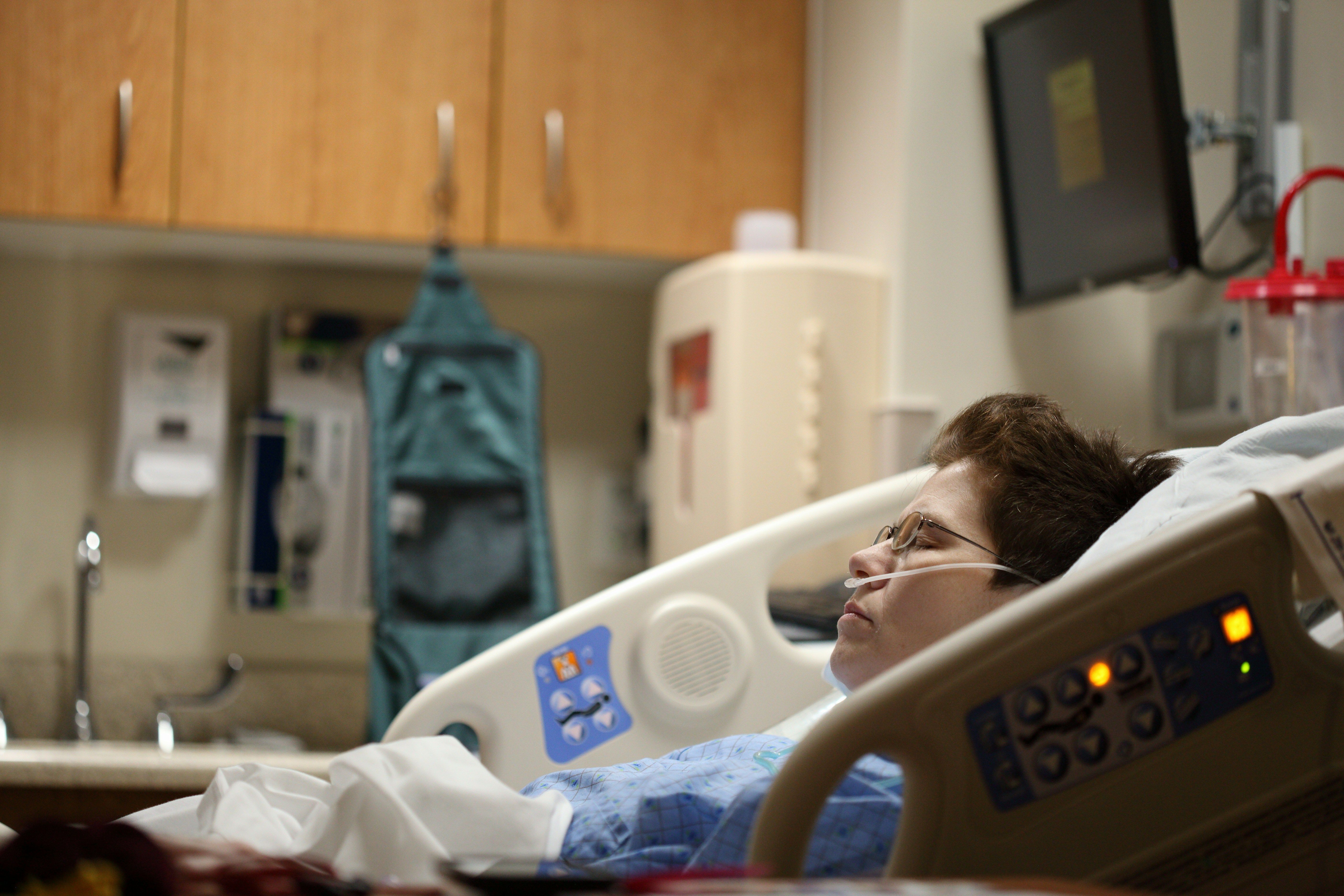COVID-19 Reduced Emergency Department Use Among Patients with Sickle Cell Disease
A study shows patients were far less likely to seek emergency care for pain related to their sickle cell disease following the pandemic.
By
Connor Iapoce
| Published on August 17, 2024
4 min read
Credit: Unsplash / Alexander Grey

The use of emergency department (ED) among patients with sickle cell disease (SCD) was impacted by the COVID-19 pandemic, with a notable decline in use at the onset of the public emergency in 2020, according to a new study.
Research from population-based SCD surveillance systems in California, Georgia, Michigan, and Tennessee showed the COVID-19 pandemic onset in 2020 led to a decline in utilization, particularly among persons 10 years old and younger. By the end of the year, rates had begun to increase, but not to pre-COVID-19 levels.
“Because SCD is a condition marked by chronic complications and pain which often requires frequent medical care, those living with SCD are in an especially vulnerable position, as disruptions caused by COVID-19 have high potential to impact their quality of life,” wrote the investigative team.
A rare disease, approximately 100,000 people in the US are impacted by sickle cell disease. About 223,000 yearly ED visits occurring on average among these patients due to symptoms including vaso-occlusive crises (VOCs). These crises become acute pain episodes that require management typically administered in the ED, leading to frequent utilization in this population.
Those living in areas with access issues or a lack of SCD specialists may rely on the ED as a source of regular treatment for SCD. Also, individuals with SCD may be at higher risk of adverse outcomes, including hospitalization and death, when they acquire a COVID-19 infection.
Owing to the fear of COVID-19 infection, many individuals with SCD may avoid the ED or delay a visit with self-management of pain symptoms.
Investigators described the trends in the rate of monthly ED use from 2019 through 2020, focusing on immediate changes in utilization driven by the onset of the pandemic. The team then evaluated the changes in utilization volume by comparing total ED visits between March and December 2020 with the same period in 2019, stratifying by demographic characteristics.
Most individuals with SCD in the analysis were from Georgia, followed by California, Michigan then Tennessee. Individuals were typically younger, with more than half 30 years or younger at the start of the study, and there was a greater percentage of women than men. Race and ethnicity analyses showed approximately 80% of individuals in each state were non-Hispanic Black.
At the start of the pandemic in March 2020, ED utilization slightly increased (+4%) in California and Michigan and decreased in Georgia and Tennessee (–10% and –9%, respectively). By April 2020, ED utilization significantly dropped in all 4 states: –26% in California, –29% in Georgia, –37% in Tennessee, and –38% in Michigan.
Monthly ED utilization trended toward pre-COVID-19 utilization rates, after the lowest level observed in April 2020, but did not fully return to pre-pandemic levels by December 2020.
Changes in the volume of total ED visits also decreased during the COVID-19 pandemic, ranging between –15% in California and –25% in Tennessee. Infants and young children aged 0–9 years experienced the greatest decrease in total visit volume, with a utilization drop between –54% in Michigan and –61% in California.
Attell and colleagues noted the change in the number of individuals with any ED utilization (≥1 visit) demonstrated a notable decline, of approximately 25% across the 3 of the 4 states, with the greatest decrease in infants and young children aged 0–9 years.
“This study confirms and extends the existing literature related to the impact of the COVID-19 emergency on healthcare utilization patterns in the US, in a unique population with increased healthcare needs, compared to the general public,” investigators wrote.
An original version of this article was published on sister site HCPLive.

